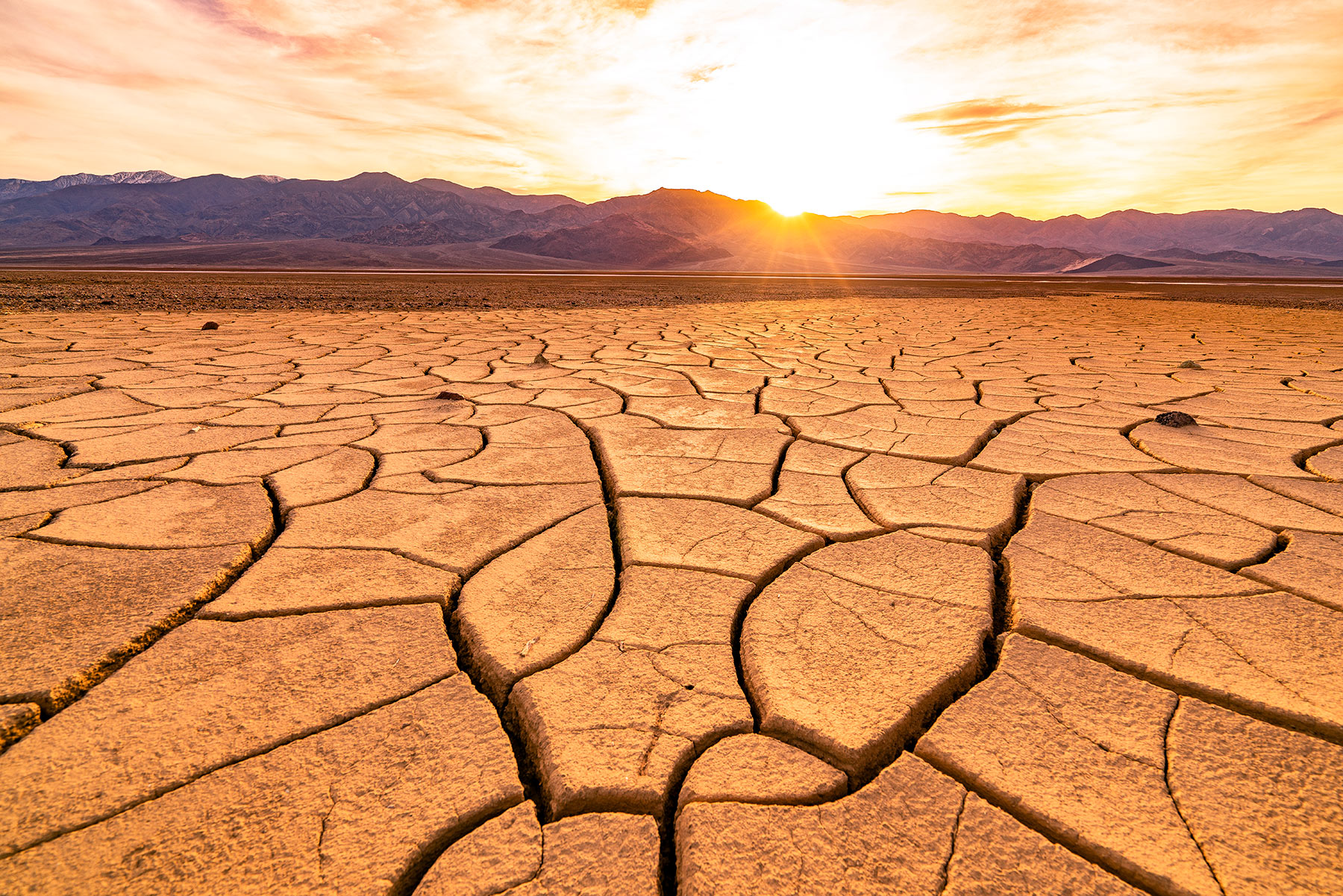
Summer is the season that gives Death Valley its morbid name. In Summer, average high temperatures are over 110F and lows are over 80F. Visiting the park in Summer is not advisable unless you are adequately prepared with water, sunscreen, and shaded cover.
Prolonged exposure this time of year can be deadly.
RELATED: Comprehensive Death Valley National Park Guide
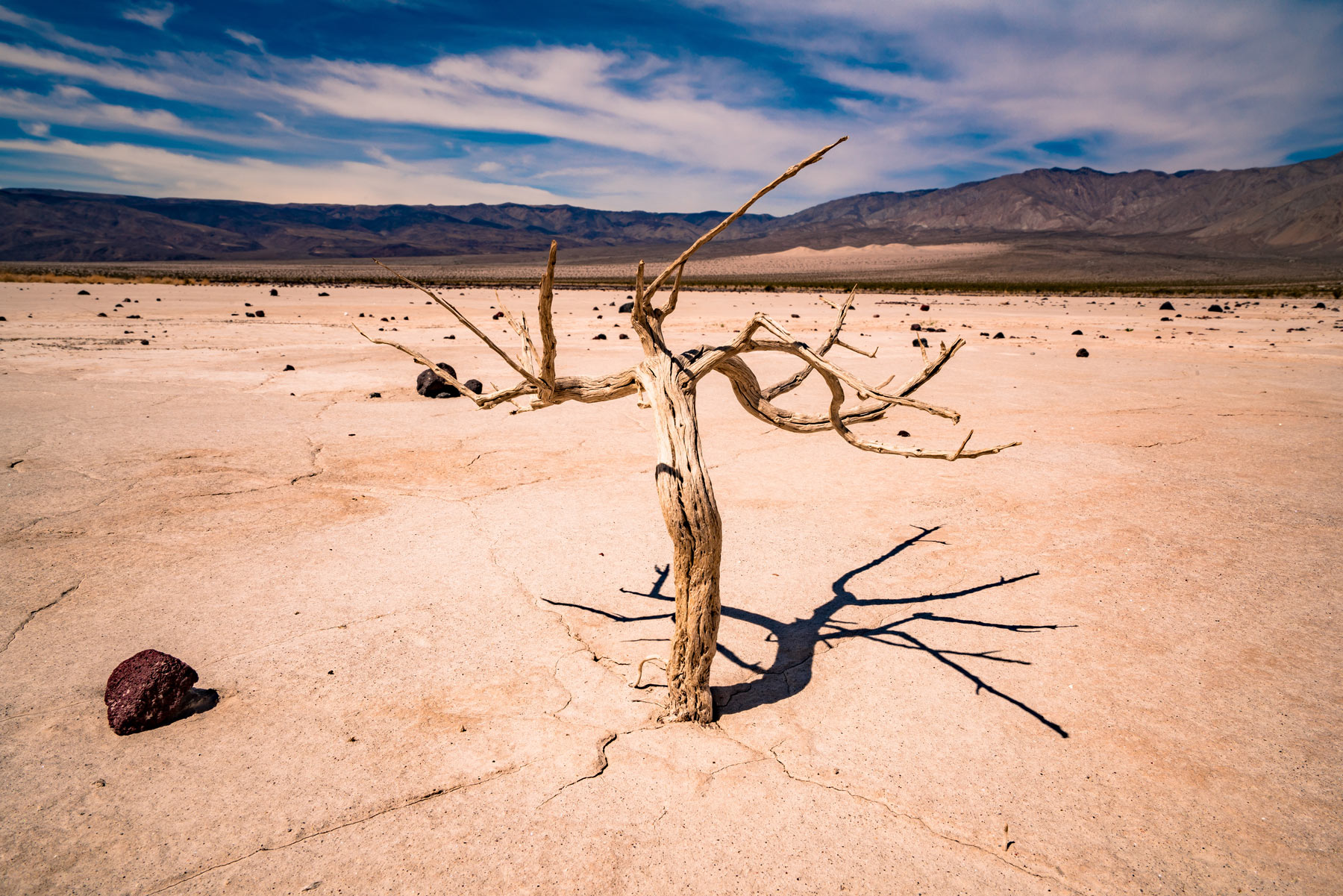
Summer in Death Valley Overview
- June weather in Death Valley is really hot with highs in the 110s and lows in the 80s. Visiting Death Valley during this time of year requires serious precautions against exposure and dehydration.
- July weather in Death Valley is extremely hot (often the hottest place on Earth) with high temperatures as high as 134F! Low temperatures in July are close to 90F. Prolonged exposure this time of year can be deadly so come prepared.
- August weather in Death Valley is really hot with highs consistently in the 110s and lows in the mid 80s. Prolonged exposure this time of year can be deadly so come prepared.
- September weather in Death Valley is quite hot with highs in the 100s and lows in the high 70s. Visiting Death Valley during this time of year requires serious precautions against exposure and dehydration.
Where to Stay in Death Valley
Visiting Death Valley National Park? If you haven’t decided where to stay (yet) check out our helpful guide on visiting Death Valley National Park for tips. Don’t have time? Here’s our favorite hotel in Death Valley.
Summer Monthly Temperatures in Death Valley
| June | 110F / 82F |
| July | 116F / 88F |
| August | 114F / 86F |
| September | 107F / 76F |
RELATED: 10+ (FASCINATING) Death Valley National Park Facts You Probably Didn’t Know
Summer Activities in Death Valley
Summer can be a dangerous time to visit Death Valley National Park as it is easy to come unprepared for the extreme temperatures.
The only time for any outdoor activities during the Summer is in the morning unless you are visiting the higher elevations. Popular Summer activities in Death Valley include:
- Visit Darwin Falls, a year-round waterfall in Death Valley National Park, at high water.
- Hike up to Telescope Peak for sweeping views of the valley floor.
- Experience the hottest place on earth (if you’re lathered up in sunscreen and have lots of water) at Furnace Creek or Badwater Basin.
- Catch a sunrise at Zabriskie Point (great anytime of year)
RELATED: 16 STUNNING Things to Do in Death Valley National Park 2021
About Death Valley in Summer
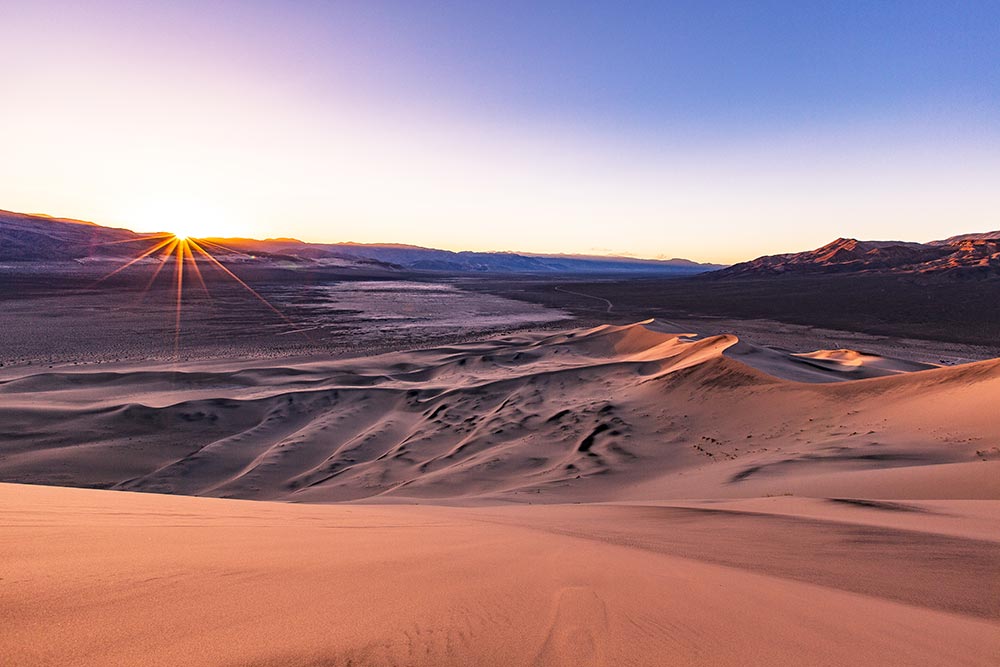
Situated on California’s southeastern border with Nevada, Death Valley National Park spans over 5,000 square miles of otherworldly vistas. The largest national park in the continental United States, Death Valley is a park for superlatives.
Death Valley is the hottest place on earth, the lowest place in North America, and the driest place in the United States. Death Valley is also the largest National Park outside of Alaska.
Death Valley Map
Death Valley Video
In the remote far reaches of the Mojave Desert lies the largest national park in the continental United States. Hidden here in the hottest place on earth is another world full of diverse life and colorful landscapes.
Join us as we take life to the extreme and explore Death Valley. Filmed primarily in 8K.
Why Listen to Us About Visiting National Parks?
You should probably know that we don’t just make this stuff up out of thin air. We’ve spent our entire adult lives exploring and filming America’s national parks and public lands.
We’ve worked with the National Park Service, the Department of Interior, and the U.S. Forest Service for years creating films on important places and issues.
Our work has been featured in leading publications all over the world and even some people outside of our immediate family call us national parks experts.

We’re Jim Pattiz and Will Pattiz, collectively known as the Pattiz Brothers.
Our goal here at More Than Just Parks is to share the beauty of America’s national parks and public lands through stunning short films in an effort to get Americans and the world to see the true value in land conservation.
If you’d like to follow along our journey we’d be delighted to have you!
And a bonus! Tips for Visiting a National Park
Permit Systems and Reservations
Check to see if the national park you’re visiting has a permit or reservation system in place before visiting. As parks become increasingly crowded more has to be done to safeguard them which means controlling the hundreds of millions of people who visit these places each year.
Popular national parks with reservation systems of some kind include Yosemite, Yellowstone, Zion, Rocky Mountain, Glacier, Arches, Acadia, Denali, and more.
Want Less Crowds? Try a National Forest!
Try visiting a national forest while you’re on your trip to avoid the crowds. There are 155 national forests in America, many of which are equally as beautiful as the national parks they neighbor and only see a fraction of the visitors.
For example, try the Flathead National Forest next to Glacier National Park, the Bridger-Teton next to Grand Teton, and the Dixie which borders nearly all of the Utah National Parks.
Practice Safety, Seriously
National parks are amazing but wild places so it is essential to practice basic safety while visiting them. Every year people die while vacationing in national parks. This is easily avoided by:
- Sticking to trails
- Checking the weather before going out on a hike
- Maintaining a safe distance between wildlife which means at least 25 yards from most wildlife and 100 yards from predators
- Avoid ledges with steep drop offs
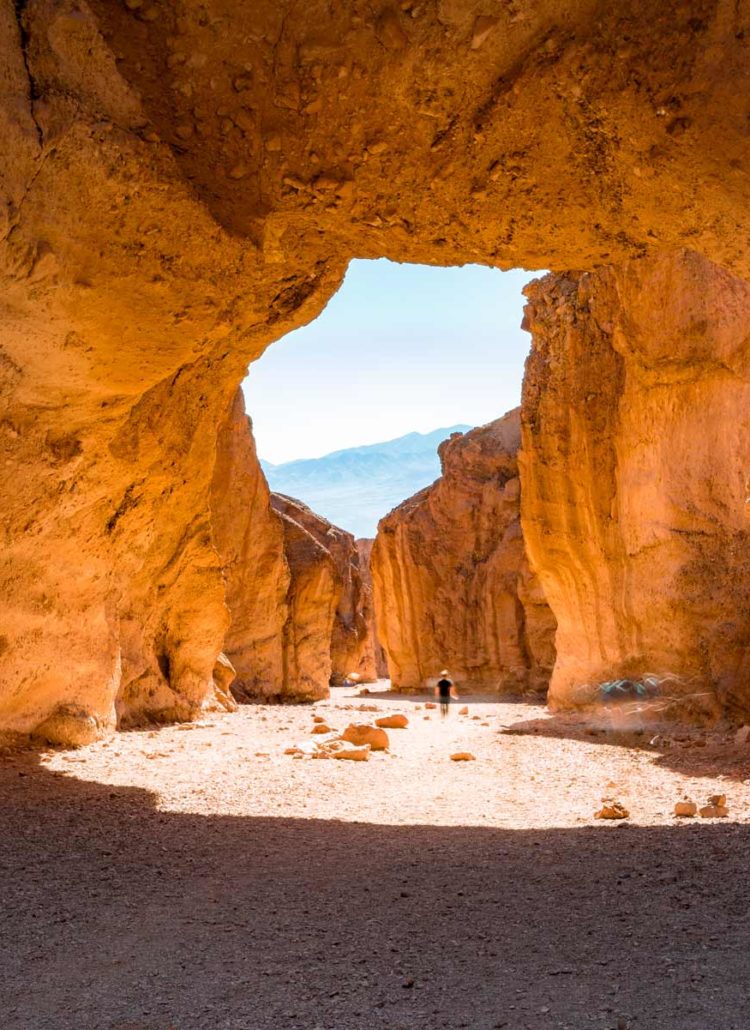
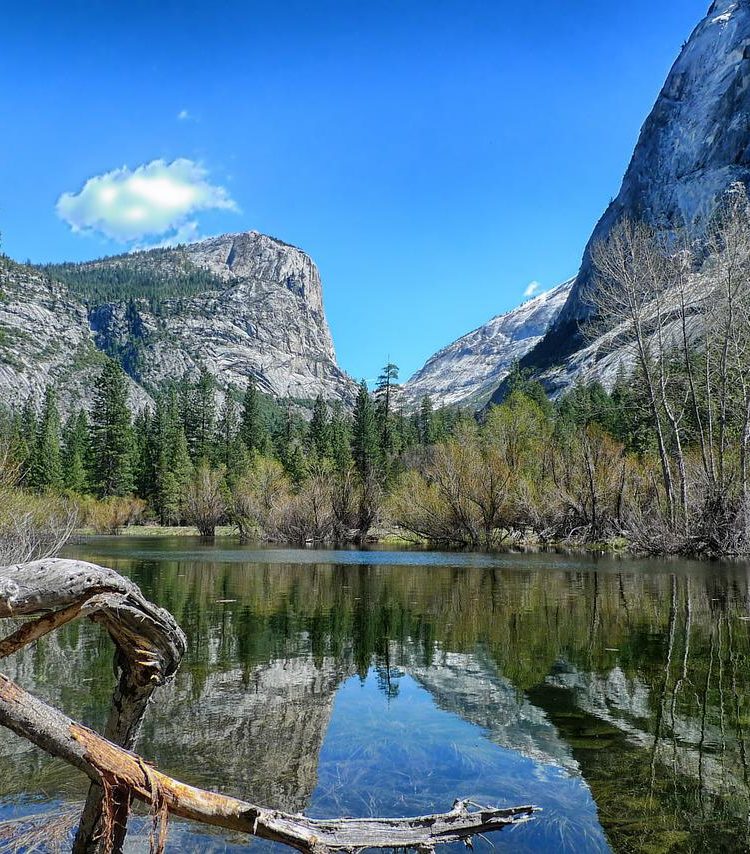
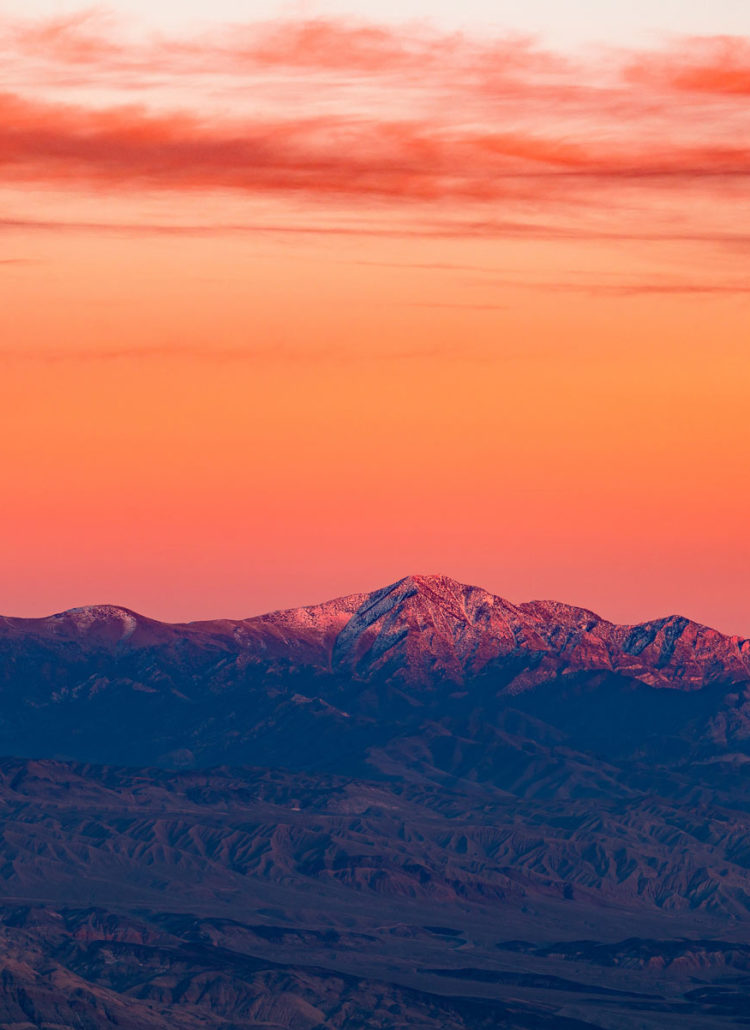
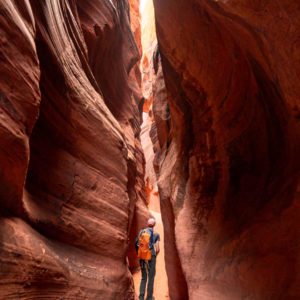

In the summer, this has got to be about the most dangerous national park in the USA. That’s of course due to excessive heat. As far as I care, to visit the place in other than winter make sure the car you drive can handle heat and meticulously maintained like aircraft standards and have needed emergency items. (water, satellite phone, etc.)
What a god-awful weather climate.Why would anyone want to see it in summer is anyone’s guess. Do you REALLY want to test human heat endurance?